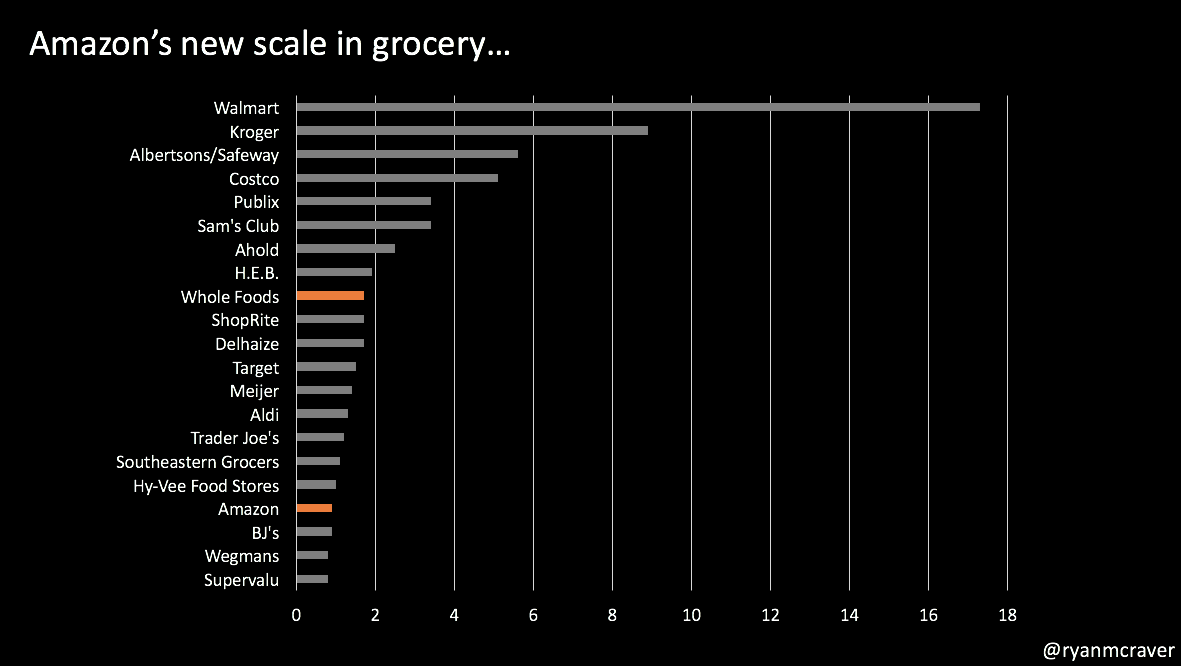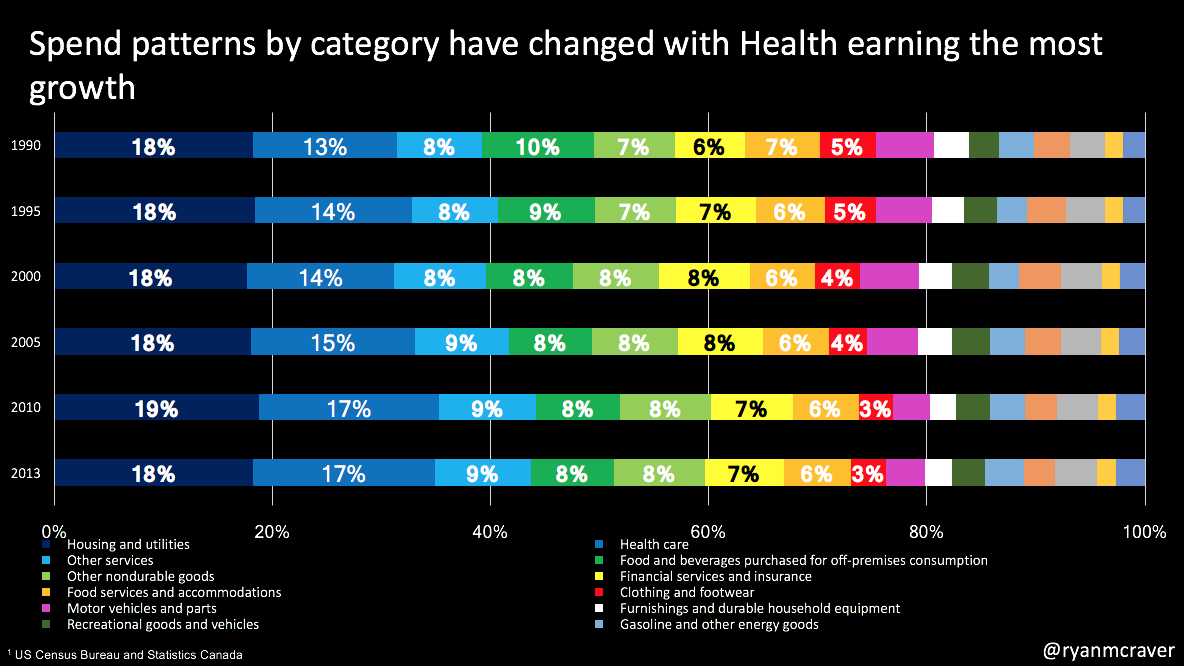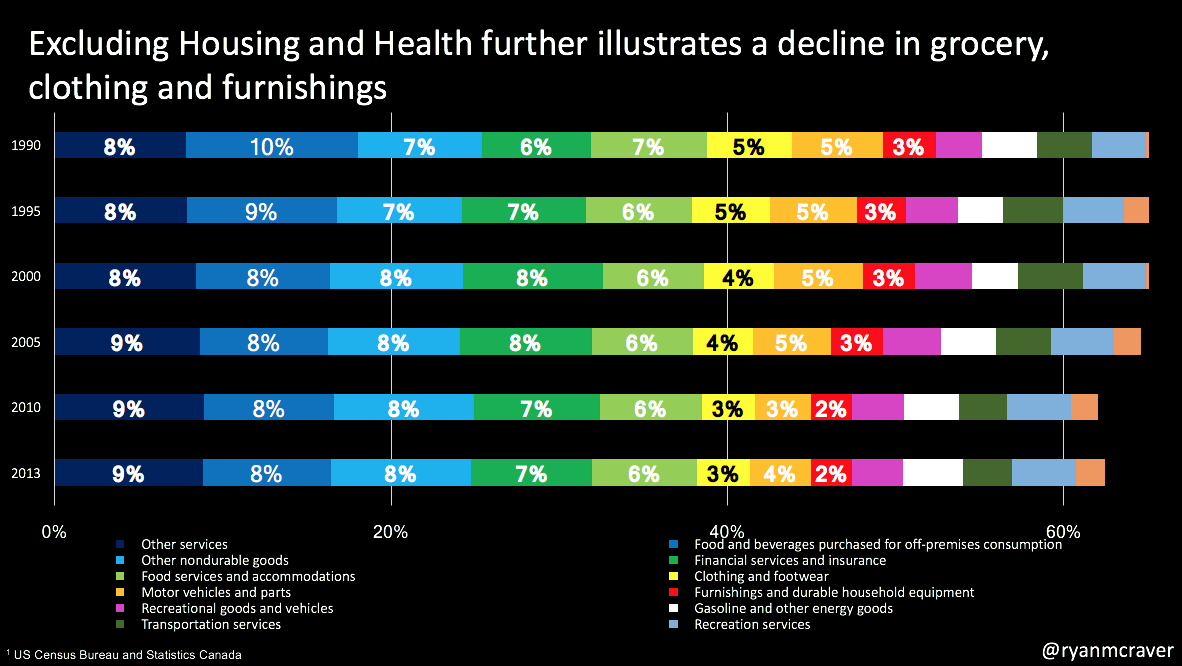This recent NY Times piece highlighted prices, human focus, brick & mortar showcase/fulfillment, cost cuts and luck as the reasons Best Buy has succeeded against Amazon.
I'd argue Best Buy continues to see success for the following reasons: 1) accelerating out of sales of media (CD's) and pushing into larger ticket items like appliances; 2) focus on services (Geek Squad, installation, premium home theater, mobile); 3) strong store in store concepts with major players like Samsung, Apple, Lenovo; 4) loyalty program; 5) market/competitive factors.
Number 5 is the most important to focus on. Best Buy eventually gained the scale necessary to force Circuit City and other regional electronics players out of business. Although the spend within consumer electronics space hasn't seen growth recently, Best Buy is the only major national player making it much easier to capture customer's spend. The electronics space is nothing like department store space that has a number of national players all fighting for a piece of the pie. Best Buy's most strategic move was focus on weeding out the one national player and several regional players. Nothing to do with Amazon.






